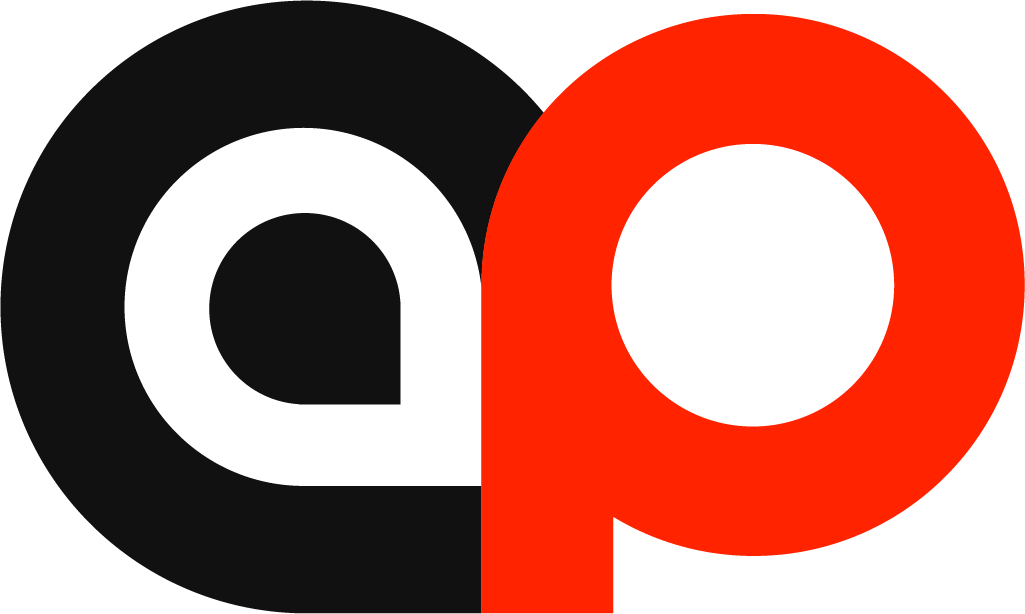Fabrizio Gerbino: March 2025
Fabrizio Gerbino is an Italian painter and installation artist. He graduated from the Istituto Statale D’Arte and attended the Accademia di Belle Arti both in Florence, Italy. In 2003 he moved to Pittsburgh, Pennsylvania where he currently lives. He embraced his newly discovered post-industrial landscape by painting bridges and coal barges on the Ohio River, and even a gas holding tank on Neville Island used in connection to the coke making process. Gerbino was invited to participate in many exhibitions in Pittsburgh. In 2008 he was invited to exhibit at the Mattress Factory Art Museum. In 2011 his work was part of the Pittsburgh Biennial at the Carnegie Museum of Art. In 2012 he was invited to exhibit in Factory Direct: Pittsburgh with the Andy Warhol Museum. In Factory Direct: Pittsburgh, he created a large scale installation of plaster cast objects and two short videos. His work is a part of numerous private and corporate collections in the United States and Japan.
In Italy, Gerbino had a solo exhibition at Villa Romana in Florence. He was part of a group exhibition at the Parco Michelotti Ex Zoo in Turin. His work is part of the permanent collection at Casa Masaccio in San Giovanni Valdarno. He was also an artist in residence at the Ateliers Hoherweg in Dusseldorf, Germany.
My work develops through painting, found objects and installations. The found object often becomes the subject for a painting and sometimes the objects are exhibited in relationship to the paintings. I am interested in working with anonymous found objects that have lost their original function and it is almost impossible to recognize the identity of this object. Remaining distant from the original purpose allows me to work in an open dimension, free from formal influences. It is a transformation from figurative to abstract. Frequently my work takes inspiration from industrial sites and urban spaces.
I use photography as a way to document new ideas. Sometimes the photo becomes a point of departure for the realization of a subject for a painting. All of these elements are in the end filtered by the painting process, which is another experience, another story, often distant and neutral from it all.
It is above all a process attached to new elements that emerge during the work, that I often follow, changing direction, distancing myself from the point of departure.
The approach to the painting is always free of expectations, ready to remain open to the new elements that will emerge. It is in this context of continuous change, that I find the path for my work, infinite possibilities always in continuous development.










